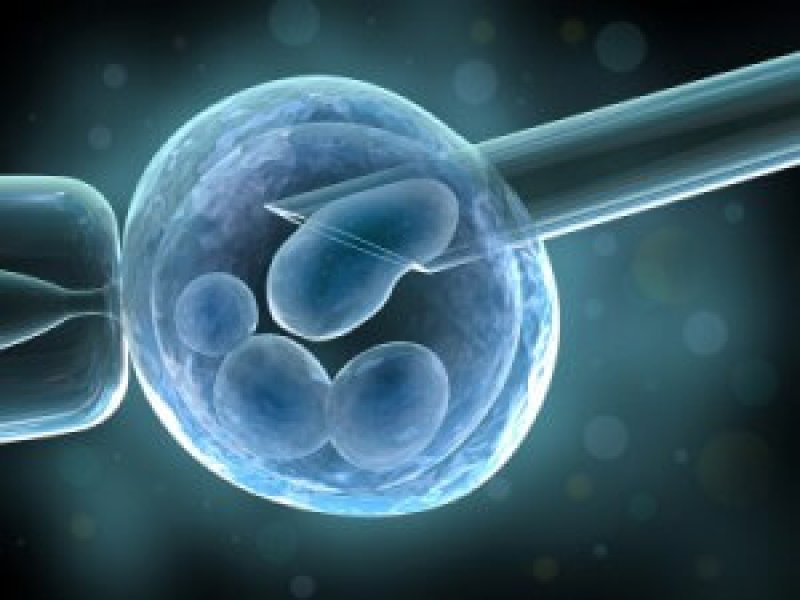[Three-parent IVF] is rapidly progressing, causing widespread discussion on the ethics and social concerns of such a procedure. Although the donor egg is said to contribute only 1% to the genetic makeup of the child, when examining the genetic material of these children there are still three identifiable genetic parents, which opponents to the technology argue could cause the child psychological and physical damage.
…
There are two different types; spindle transfer and pronuclear transfer….
Spindle transfer: This technique takes the unfertilized mother’s egg (containing abnormal mitochondria) and the unfertilized donor’s egg (with healthy mitochondria), removes the spindle and other chromosomes from the mother’s and transfers them to the donated egg. This reconstituted egg is then fertilized with sperm from the father. Pronuclear transfer: Both the mother’s egg (containing abnormal mitochondria) and the donated egg (with normal mitochondria) are fertilized with the father’s sperm before the mother’s pro-nuclei is removed and transferred into the donor’s egg. It is then implanted into the mother’s uterus.Mitochondrial transfer passes on genetic changes from one generation to another. That raises ethical concerns because any unexpected problems caused by the procedure could affect people who are not yet born, and so cannot give their consent to have the treatment.
The average IVF success rates using the woman’s own eggs (green line) and using donor eggs (blue line).The GLP aggregated and excerpted this blog/article to reflect the diversity of news, opinion, and analysis. Read full, original post: IVF babies: Easy as 1, 2…3?































